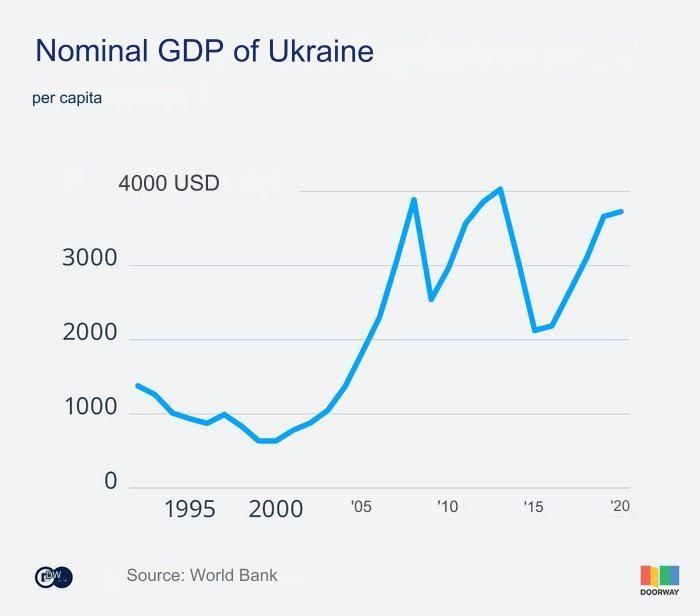III. Ukrainian Doors Market History
STORM.
As always happens in real life, "golden times" turn into a storm very quickly. The political and economic events that we know as the Maidan, the Revolution of Dignity, and the beginning of the war in 2014 in eastern Ukraine led to this.
The national currency (hryvnia) began to rapidly and daily decline against the dollar and the euro, and all those unpaid goods in construction trade networks worth hundreds of millions began to turn into something that looked less and less like real money every day.
Why so? Because a large share of raw materials was imported and bought with foreign hard currency, and if you needed to buy these raw materials again, it was necessary to buy and pay by foreign currency to suppliers again. But how can you buy it when the real exchange rate is 24.5 hryvnias to the dollar, and customers (DIY trade networks) paid to manufacturers for doors at prices as 8.50 hryvnias to the dollar?
Moreover, such strategic raw materials as MDF, wood, chipboard, etc. are very tightly linked to the exchange rate of world hard currencies and increased prices every day.
On the graph of the World Bank, you can see the lowest point of the gross domestic product of Ukraine in 2015 per capita (a little more than 2000 US dollars).
It was a moment of crazy losses and everyone solved this problem as best they could... Someone sued, someone negotiated, someone took a break and didn't ship anything...
Consumers also saw this situation with the hryvnia and tried to dump their savings as quickly as possible, including door spending. In a word – chaos! In that situation, the overwhelming majority of door manufacturers lost and were forced to accept losses.
The biggest beneficiaries of this situation were the DIY market operators (i.e. DIY trade networks) who paid against the manufacturers contract at the supply price but sold it all to the end consumers at the price they wanted.

Of course, in those days the "middle price" segment was collapse the first. The "low price" segment has become more popular. "Luxury price" was a stable segment, wealthy buyers did not have less money.
Sales surges (the money dumping and random shopping) of the population alternate with periods of almost complete lull in sales. In principle, quite normal situations for declining currency. The fall of all consumer goods markets was from 30 till 50%.
But, as soon as stability is established for several months, consumers again pay attention to the middle and higher segments. They don't want to buy something instantly and then look at it for several years. It is rather the opposite: the mentality of Ukrainian people is such that they would rather wait another month or two, but buy what they like. This is a feature of the mentality, to buy things that are a little more expensive than you can or necessary.

END OF PART III
